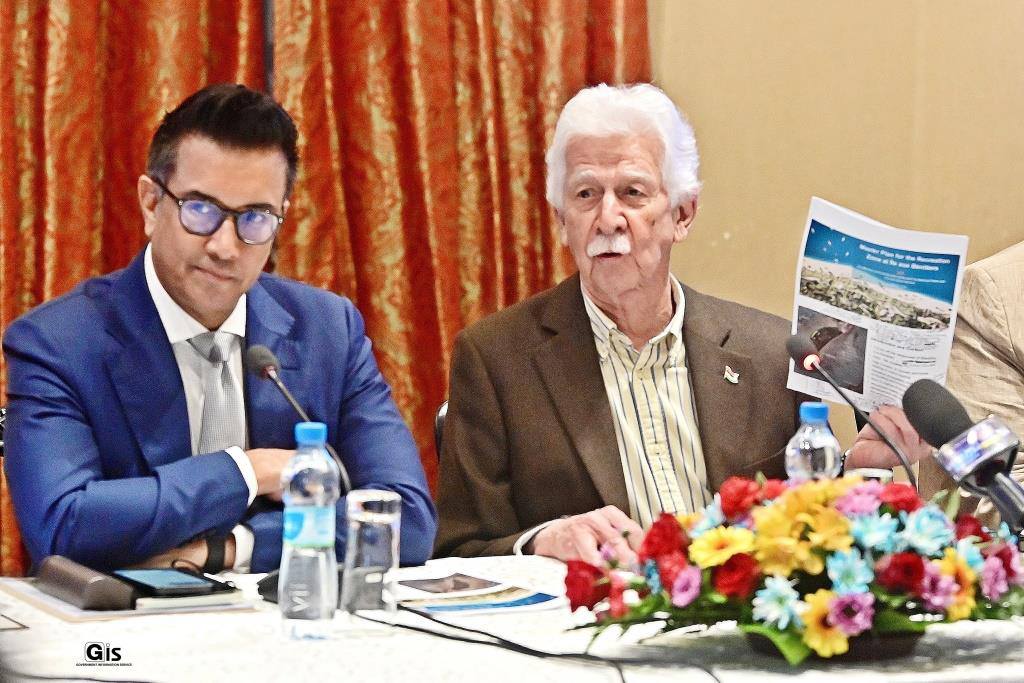
Île aux Bénitiers, long threatened by overexploitation and ecosystem degradation, is entering a new era. Deputy Prime Minister Paul Raymond Bérenger has unveiled an ambitious master plan that brings new hope for this natural gem. Developed by the Ministry of Housing and Lands, the plan follows a clear vision: to preserve the island’s wild beauty while turning it into a model of sustainable and responsible tourism.
The project includes the creation of an ecological leisure zone covering 65,147 square meters, featuring nature-integrated walking trails, an autonomous solar power system, rainwater collection, and waste management facilities. Visitors will access the island through a dedicated boarding point at La Gaulette, ensuring tighter control and improved environmental safety. Ticketing and video surveillance systems will also regulate visitor numbers to protect sensitive areas.
In March 2025, the situation on the island had reached an alarming point: 171 illegal structures, more than 240 unregistered business operators, a degraded environment, and widespread litter. The government decided to take action. Today, 57 operators still work in a temporarily authorized zone, but a dedicated agency will soon be established to oversee the full regeneration of the site. Paul Bérenger emphasized that this initiative extends beyond Île aux Bénitiers — it is part of a broader plan to preserve the Republic’s islands, including Agalega, Saint-Brandon, and eventually the Chagos Archipelago.
Minister Rajesh Bhagwan welcomed the move as a strong commitment to sustainable development. He stressed the need to balance modernity with respect for nature, ensuring that every tourism project becomes a partner of the environment rather than a cause of its destruction. Meanwhile, Minister Shakeel Mohamed highlighted the crucial role of his ministry in protecting public lands, commending the collective effort that has helped restore vision and purpose to this once-forgotten island.
According to a study by the National Parks and Conservation Service, Île aux Bénitiers is home to exceptional biodiversity — endangered endemic plants, rare migratory birds, and fragile coral reefs. Yet, this natural sanctuary is also threatened by invasive species that disrupt its ecological balance. The master plan therefore includes reforestation programs, restoration of sensitive zones, and the removal of harmful species. The goal is clear: to make Île aux Bénitiers a model of coexistence between human activity and environmental protection.


